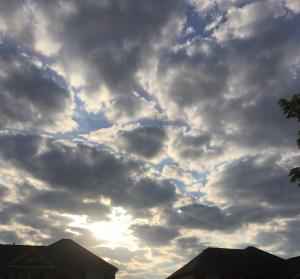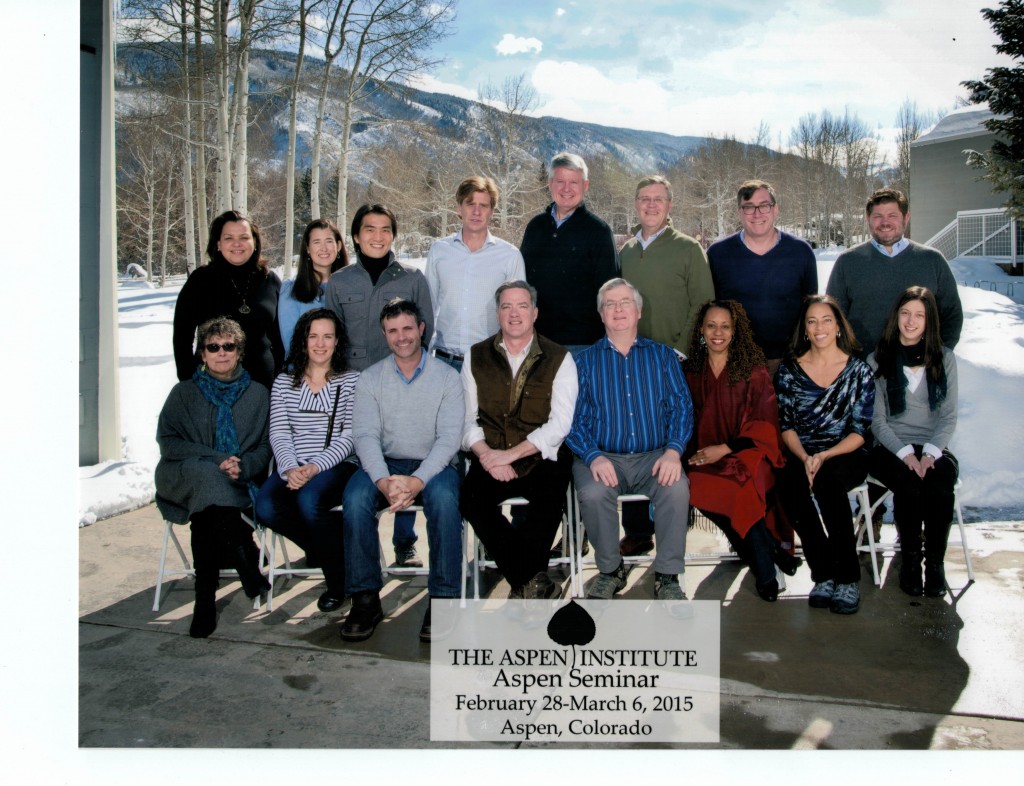I watched a short video this weekend, and it featured excerpts from a piece by Buddhist philosopher and peace activist Daisaku Ikeda. I haven’t felt anything resonate so deeply in a long time. I quickly jotted down all the words I could remember and then found part of the poem excerpted online:

Quietly ask yourself
if it isn’t in fact true
that each of us,
before being defeated by an external adversary,
is first defeated by ourselves.
The weak in spirit,
the cowardly,
even before wandering reluctantly
at the foot of the wall
that towers in their path,
shrink first before the sight
of their own shadow.
Terrified of illusory figures
of our own creation,
we are defeated by the bandits
that infest our heart.
The strong-willed,
the courageous,
are always the conquering masters
of their own minds.
Thus, they fear nothing,
remain unbowed, unflinching.
Whatever occurs,
they live in perfect accord
with the Daishonin’s counsel:
The wise will rejoice while the foolish will retreat.
They know that they themselves
are like that brilliant monarch, the sun.
Shooting bright beams
through the clouds
of impermanence and change,
they advance, heads held high
into the raging tempest.
From Be an eternal bastion of peace in Journey of Life: Selected Poems of Daisaku Ikeda


